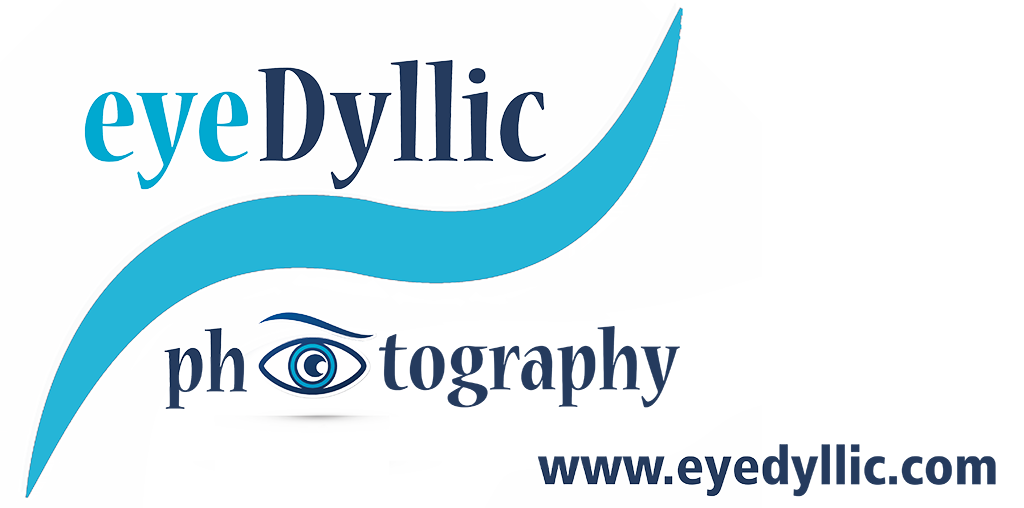This image was captured between August 28th and September 1st and it cost me under $100 from start to finish. Really. :)
I will freely admit that I'm no astronomer. I have a college-level astronomy book on my desk that I've attempted to read four times. Each time, I'm asleep in my chair in the first pages.
But that's how I am. I learn by doing, anyway.
(I'm not sure if learning-by-doing is more or less expensive than the college approach, my experiments have been costly!)
The first time that I put my eye to a telescope, I remember it well. There was nothing in the eyepiece. I was youngish and the adult I was with, who set up the telescope was cussing, frustrated that we just couldn't seem to see anything with the thing. He put it in the closet and started to frustratedly suck down a cigarette and complain. We didn't tried again with that 'scope.
Then, as an adult, I broke down and bought a used telescope (an Orion 8inch Newtonian Reflector). It was about the size of a cannon and it came with a small treasure trove of accessories, (and no instructions) and so I had no idea what I was doing. But, I did get it pointed to some easy stuff.
The moon. Jupiter. Saturn. Orion Nebula.
I wasn't very smart about it. Like, with the moon. I just kept staring at it, unfiltered. You know, that the moon-glow is a reflection of the Sun and the sun can blind you, right? Little blue bars floated in and out of my vision for days.
The one that struck me the most, was Saturn. Those rings absolutely capture the imagination. I thought two things:
"I really need to show this to people!" and "I want to go there!'
.. and that's how you get into Astrophotography. To fulfill that 1st impulse of trying to find some way to capture what you see in the eyepiece in a way that can be easily shared.
The problem, as I see it, is that Astronomy is entirely too close to rocket science in terms of complexity. Especially astro-photography.
In "True Bill Fashion", I put my wallet before my brain and started ordering stuff. The first bit was a solar system imager from Orion, a GoTo Conversion system for my Orion Mount and a bunch of adapters that never seemed to work correctly. In fact, you could say none if it really worked right. I had duct tape (literally) folded as wedges to align the camera to look into the eyepiece (that is called eyepiece-projection).
I did still get some pretty-cool images, though, albeit at a low resolution.
About a decade has gone by and I'm still no astronomer. But I have figured some things out and technology and product offerings have evolved to make our astro-photography aspirations easier. I'm still working on the "I really need to show this to people!" part, maybe I can get to the "I want to go there!" part in a couple years.. :)
I will not be getting super-ultra-technical here. I'm just going to cover some fundamentals and what I've found works for capturing images of the awesome things in our night sky.
Want to make astro-images? You basically have two options.
Buy a bunch of stuff
or
Rent
___
Rentals
Part Robot, Part Telescope.
A couple years ago I was involved in this marketing project and was asked to produce an image of a Galaxy (any Galaxy), something with an unlimited use commercial license. I think it went up as some wall-hanger in an airport with some cheesy slogan for a product,, "A Galaxy of Options." or some crap.
I didn't have access to an appropriate deep-sky telescope and didn't have the $5k built into the budget to come up with everything I needed in a hurry. I found this guy in Europe with an Observatory and Imaging gear, via an Astronomy forum. For a small fee, he allowed me to VNC (remote control) into his Observatory PC and run the imager from remote. The imager had a 3 megapixel array and I ended up shooting about 100 + frames, combining them all into a stacker to get the resolution I needed for print. It worked well! (Well, I guess it did. I got paid.)
So, that's what Renting usually looks like. Instead of the borrow-lenses approach of getting a lens in the mail, renting a telescope usually involves renting observatory time, either local or remotely controlled. It is because the capabilities of the mount are as important as the optics of the scope and these mounts aren't easily shippable.
Within 300 miles of me there are about a half-dozen observatories, most built by universities. Most, you can get some time with even if you aren't a student. Only a few of those have research-grade deep sky equipment and imaging configurations. A few are 'observe only' and none of them really let you bring a camera to pair up with b/c of the delicate balance configuration on the mounts.
Still, a couple in Alabama are in somewhat light-polluted areas and the telescope of the observatory in Northern Alabama is of less quality than that which you can pick up on Craigslist for less than $1k.
So, for me the option is more between remotely controlling better equipment for imaging or using my own. There are a couple services out there to provide this and even individual observatories can often accommodate this.
One cool service, used to be called Global-Rent-A-Scope. Which, I guess is now called iTelescope.Net. With iTelescope.Net you can browse available telescopes and connect to them in real-time through a simple-enough web interface.






























